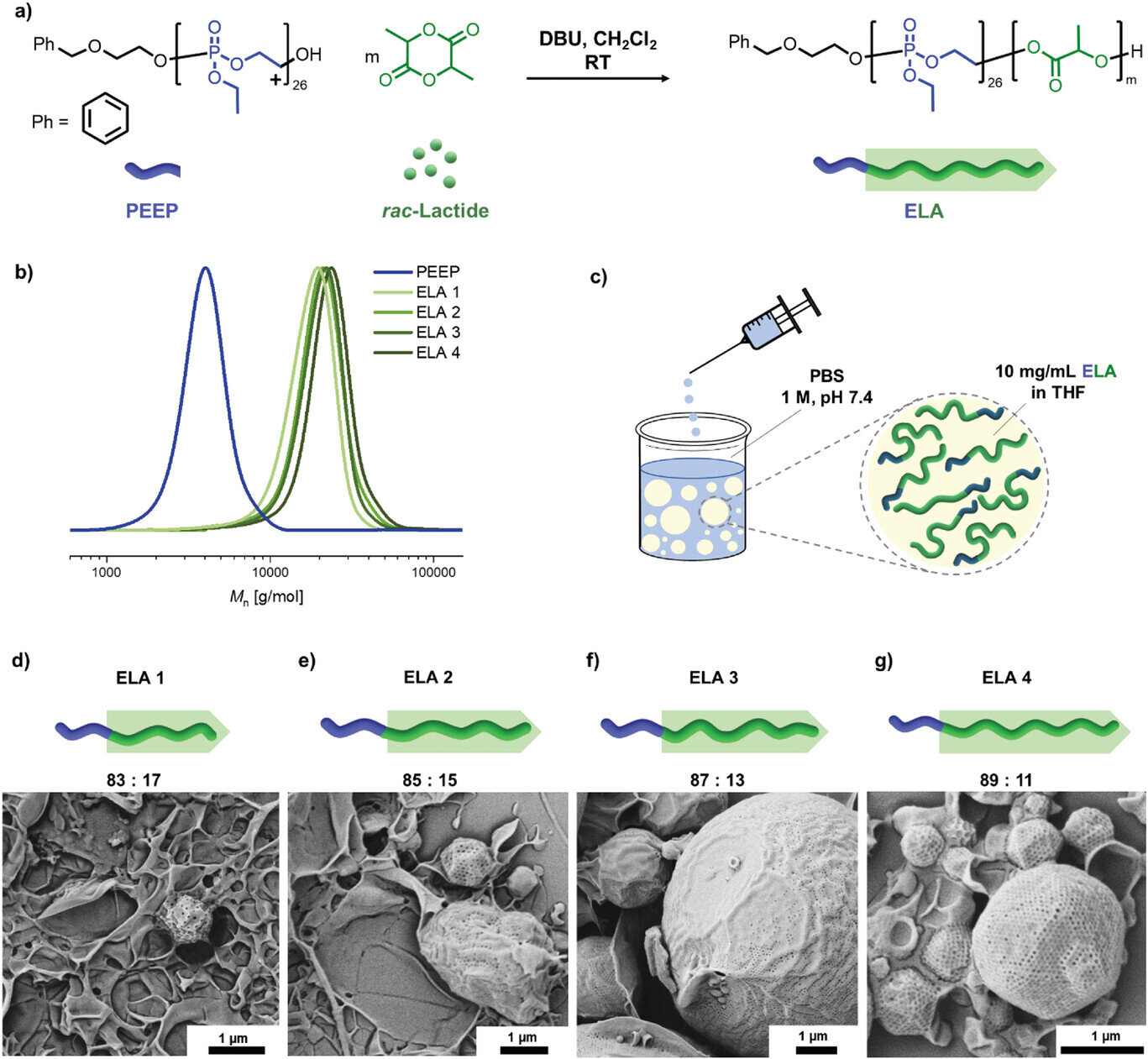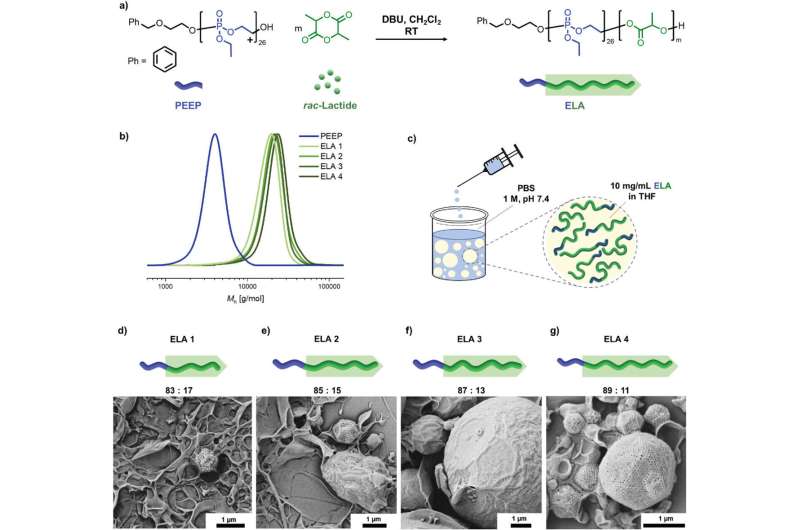

Researchers from the University of Twente (Netherlands) and Bayreuth (Germany) have developed microplastic-free encapsulation for crop protection agents. They recently published their findings in Advanced Materials
The sustainable application of crop protection agents such as pesticides is one of the greatest challenges in modern agriculture. A significant advancement has now been made by a team of researchers from the University of Twente and Bayreuth (Germany), who have developed a promising solution.
Under the leadership of Prof. André Gröschel and Prof. Frederik Wurm, the researchers successfully synthesized fully degradable block copolymers, which are a type of polymer made up of different segments (the “blocks”) of repeating units. From these polymers, based on polyphosphoesters, the researchers created so-called polymer cubosomes—microscopically small cubic particles with a high internal order and pores of approximately 20 nanometers in diameter.
“During the production process, we loaded these polymer cubosomes with fungicides,” explains Prof. Gröschel. “The loaded cubosomes exhibit high antifungal activity against gray mold, a common plant disease.”
Gray mold, also known as Botrytis, is particularly damaging in strawberry and grape cultivation. Notably, the cubosomes remain adhered to grapevine leaves even after multiple simulated rain events and continuously release the fungicide over several days.
“For over 10 years, we have been using DNA-inspired polyphosphoesters for drug delivery in medicine, and now we have applied these biodegradable materials for plant protection for the first time. This allows us to avoid microplastics in the environment,” explains Prof. Wurm.
Suna Azhdari, whose doctoral research enabled this breakthrough, emphasizes, “Compared to conventional, solid particles without pores, our polymer cubosomes show a significantly faster release of the active substance. This suggests a more effective application of crop protection agents, while simultaneously reducing the leaching of unused substances into the soil.”
A particularly important aspect of this innovation is the complete degradability of the cubosomes. “Our polymer cubosomes fully degrade into harmless lactic acid and phosphate derivatives,” emphasizes Prof. Wurm. “This makes them a promising, microplastic-free carrier system for crop protection agents and highlights their potential for sustainable agriculture.”
This development could make a significant contribution to more environmentally friendly and efficient agriculture, while also offering a solution to the problem of microplastic pollution in agricultural applications.
More information:
Suna Azhdari et al, Fully Degradable Polyphosphoester Cubosomes for Sustainable Agrochemical Delivery, Advanced Materials (2024). DOI: 10.1002/adma.202406831
Provided by
University of Twente
Citation:
Microplastic-free carrier system for pesticides shows potential for sustainable agriculture (2024, October 9)
retrieved 9 October 2024
from https://phys.org/news/2024-10-microplastic-free-carrier-pesticides-potential.html
This document is subject to copyright. Apart from any fair dealing for the purpose of private study or research, no
part may be reproduced without the written permission. The content is provided for information purposes only.